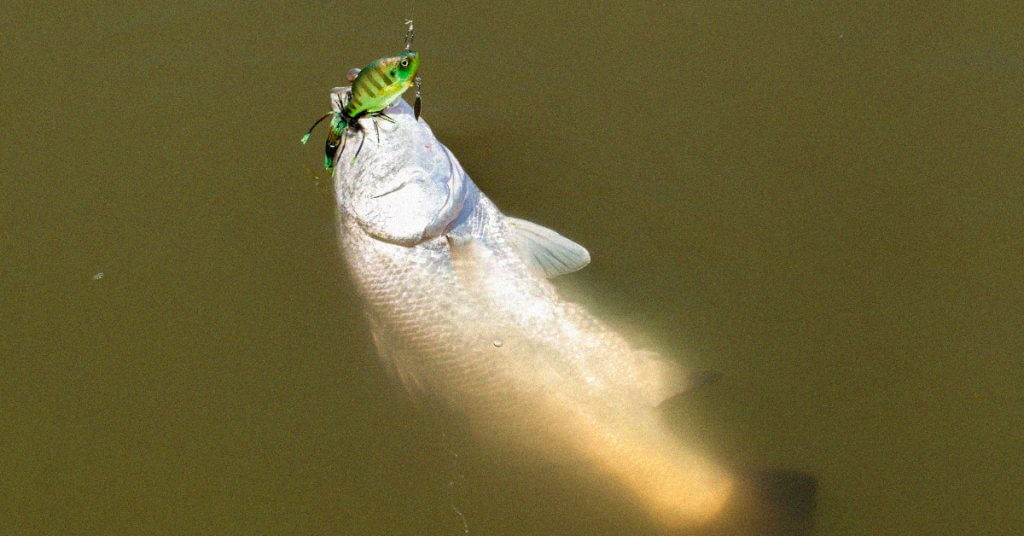Spring is just around the corner, meaning it’s time to get your tackle box filled with the most efficient post spawn bass lures. After the spawn, bass often congregate in vast schools around deep structures such as submerged road beds or creek channels.
While they may be easier to locate during this time, post-spawn bass present a unique challenge because they are notoriously uncooperative feeders. The good news is that there are certain lures and techniques you can use to increase your chances of success.
The best post spawn bass fishing lures are designed and constructed to tempt those lethargic bass after their spawning season. This means anglers must use slower-moving lures that mimic injured or weakened baitfish to catch post-spawn bass.
Some great post spawn bass lures include crankbaits for deep-water angling, swimbaits for imitating fleeing baitfish or large insects, worms for injecting subtle movement into the water column and spinnerbaits for stirring up fish hiding in weeds.
By understanding the habits of post spawn bass and using the right tools, you can set yourself up to catch fish when other anglers come up empty-handed.
Anglers.com community manager Wesley Littlefield asked some of the top MLF pros at RedCrest what their favorite post-spawn lures were; the YouTube video above is their response.
Table of Contents
1. Soft Plastics

Soft plastics are a great option for anglers because they can imitate a variety of prey items that bass are eating, making them highly effective lures. These lures have three main advantages during the post spawn season.
First, they can imitate worms, crawfish, and frogs—three of the most common food items for bass during this time. Second, they come in multiple colors and are very natural looking, so it’s easier for fish to be deceived into biting.
Finally, soft plastics also have a more natural feel and movement in the water than other kinds of lures. This makes them even more attractive to fish looking for live prey items in the area.
2. Crankbaits
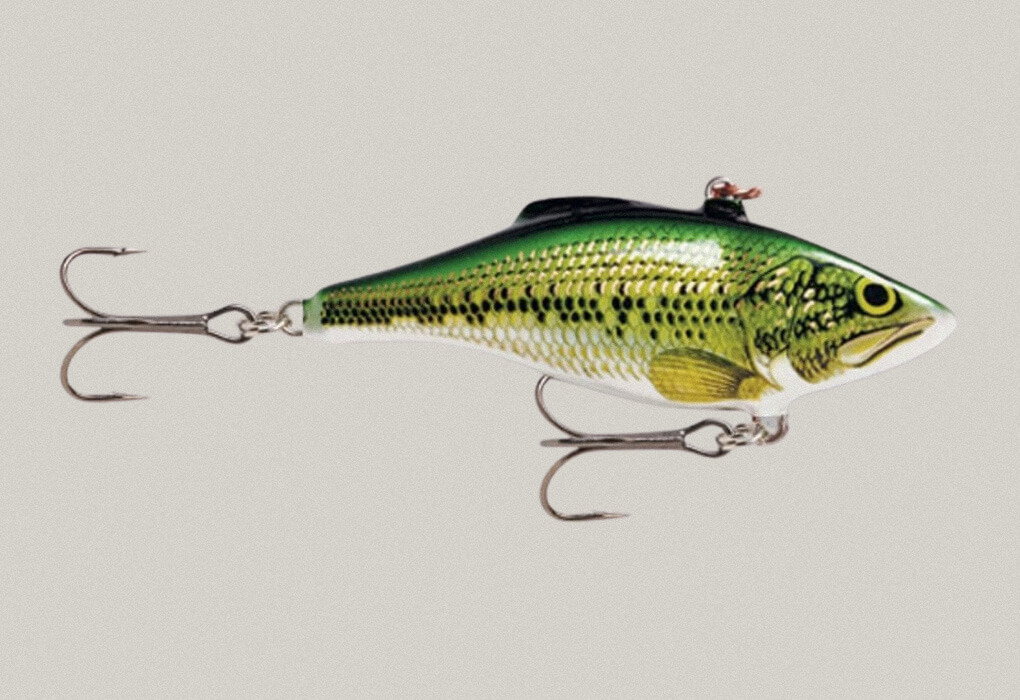
There are two primary types you should consider when it comes to crankbaits for post spawn bass fishing. The first is a lipless crankbait, such as the Rapala Rattlin 05, which is designed with no lip and a flat bottom so that it can be cast further and deeper than other types of baits.
The other type is the square-billed crankbait, which has a unique bill shape that helps it dive quickly and navigate around cover better than other lures.
It’s also great for covering open water so you can quickly locate active fish. Its rattles also make it an attractive option for triggering strikes from aggressive fish.
Once you have your bait selection figured out, next you need to decide what color patterns will be most effective in your area.
Chartreuse or blue color patterns can be especially successful when targeting post spawn bass as they offer a good contrast in the water and attract attention from hungry fish.
As far as retrieves go, short jerks work well when using lipless cranks, while medium-paced retrieves tend to work best with square-billed baits.
3. Spinnerbaits
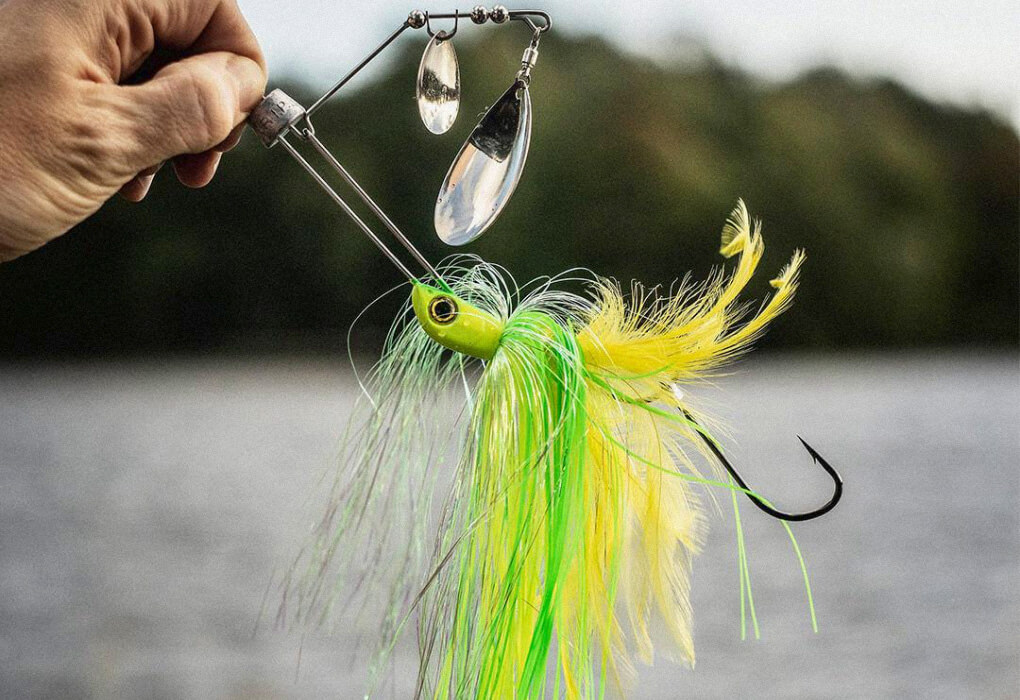
Spinnerbaits are artificial lures that consist of a wire frame, usually made from stainless steel or titanium, and an assortment of blades and other components that create vibration in the water when retrieved.
The wire frame also acts as a weight that helps cast the bait further and keep it moving through currents and weeds.
The blades themselves come in different sizes and styles, such as willowleaf or Colorado blades, both of which can be incredibly effective at catching post-spawn bass.
Spinnerbaits are some of the best post spawn bass lures because they can be used any time throughout the year, not just during the post spawn period.
In fact, they’re incredibly effective during pre-spawn periods when bass are more active due to warming waters. During this time, spinnerbaits should be retrieved slowly so that they flutter through the water column like fish naturally do.
Additionally, using lighter jigs with smaller blades can help you get down into deeper waters where larger bass might be hiding.
The color pattern you choose should depend on what kind of baitfish are in your local area. Still, generally speaking, white or chartreuse patterns tend to work well for post-spawn bass fishing.
Chartreuse, in particular, has been proven to attract fish due to its bright flashing colors, something that fish can’t ignore.
It’s important to note, however, that experimentation is key when finding out what works best for your particular situation, so don’t hesitate to try out different combinations until you find something that works.
4. Swimbaits
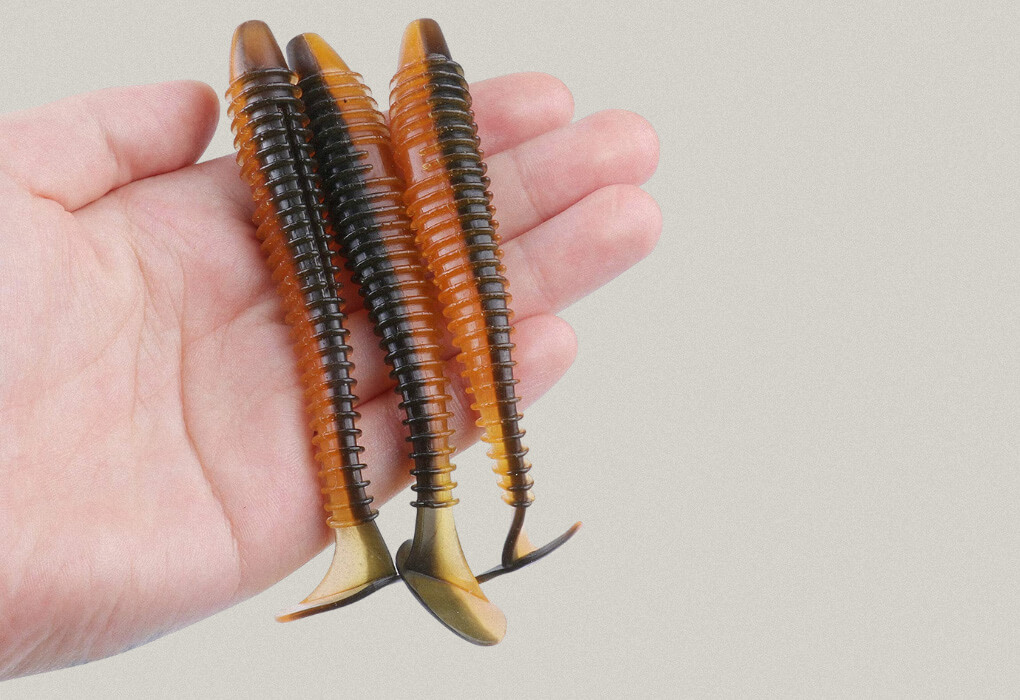
When it comes to choosing a swimbait, there are two main types that you should consider: hard body swimbaits and soft plastic swimbaits. Both make excellent post spawn bass lures.
Hard body swimbaits are harder and more durable than soft plastic ones, so they stand up better against aggressive strikes from large bass.
On the other hand, soft plastic swimbaits have a more natural feel when eaten by fish. They can be used to catch larger specimens because they will hold onto them longer before spitting them out.
Both types of lures work well in post spawn conditions; it comes down to personal preference and what kind of action you’re looking for from your lure.
Our favorite soft plastic swimbait is the Berkley Powerbait Power Swimmer and the best hard swimbait is the Rose Kuli Multi-Jointed Bass Swimbait.
5. Topwater Lures

Several topwater lures are suitable for post spawn bass fishing, including buzz baits, walking baits, and poppers.
Buzz baits are great for covering water quickly and effectively. They create lots of surface disruption due to their spinning blades and rattling noise, which draws bass in from a distance. One of our favorites is the BOOYAH Buzz that comes in multiple colors for just under the $5 mark.
Walking baits are effective when you want to cover a larger area more accurately than buzz baits allow. They also make a lot of noise and movement, which draws bass in from nearby areas.
Poppers can be used when you want to cover less ground but with more precision. They make bubbling noises under the surface, drawing fish in from surrounding areas and creating an irresistible target for hungry post-spawn bass.
6. Jigs

A crawfish-style jig is an excellent option for post spawn bass lures because the soft plastic bait imitates the movement of fleeing crawfish.
When used in deeper water (10 to 15 feet), crawfish-style jigs sink slowly and can mimic either a fleeing or injured crawfish as they move through the water column. This type of jig works well with natural colors like browns and greens.
Another great option is the swim jig. This lure works best in shallower waters (3 to 10 feet) and can be fished more aggressively than the crawfish-style jig.
Swim jigs feature an arched head design that causes them to glide horizontally when retrieved through the water column. This imitates bait fish like shad or bluegill that bass may be targeting after spawning season.
As with other types of lures, try natural color patterns to maximize your success rate.
Understanding Post Spawn Bass Habits
Post spawn refers to the period after a male bass has finished spawning and is transitioning back into its normal routine.
During this period, bass are in a weakened state due to the stress of reproducing, so they become more lethargic and less aggressive. This makes them harder to catch and they generally tend to stay in shallower water.
Post spawn behavior differs from other times of year because bass still feel the effects of breeding. Male bass will stay with the eggs and the nest, while the female will focus on recovering from reproducing and feeding.
Additionally, they won’t be as active in pursuit of food or prey as during other times of the year. When searching for post-spawn bass,
Additional Tips for Catching Post Spawn Bass
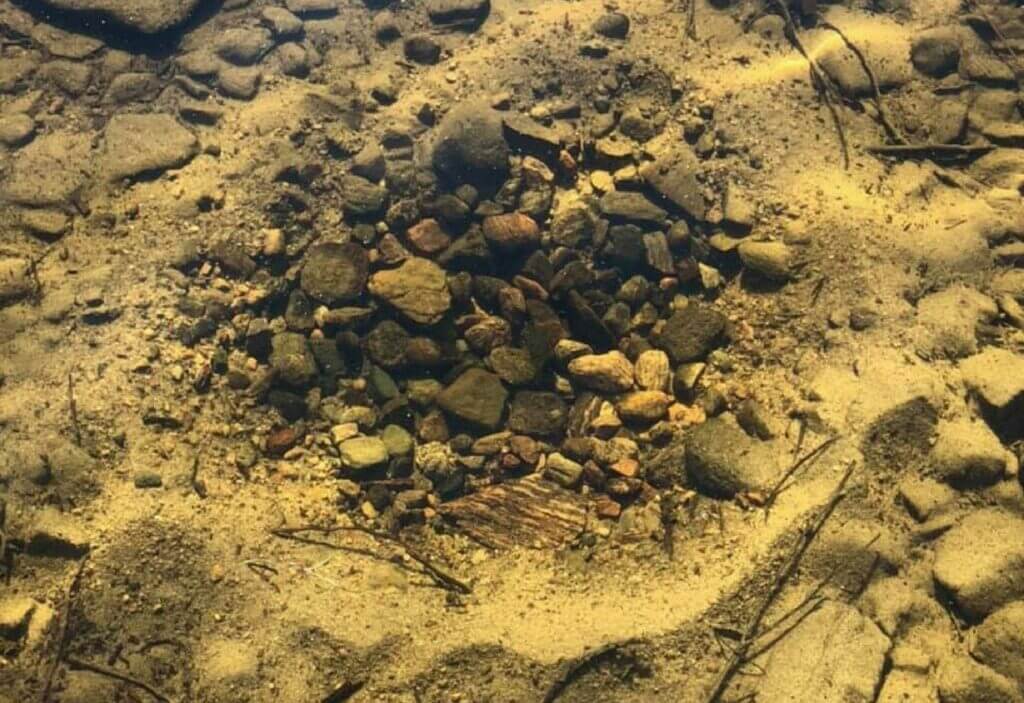
When bass have just spawned, they can sometimes be less active. This might make it more difficult to get them to bite your lure. To increase the chances of success, experiment with different post spawn bass lures and bait. Have patience; sometimes it takes longer during this season for fish to be interested in biting.
For better luck, try looking nearby to the spawning beds for a higher chance of catching fish. Research shows that this “sweet spot” is particularly appealing after the spawn when many bass congregate in groups.
Keep an eye on the water. Look around for signs of schooling activity as smaller fish make the best post spawn baits. If you notice schools of smaller fish, this could indicate that bass are nearby looking for an easy meal.
Ensure you have vibration and flashy coloring options to entice the hungry bass. Including a few topwaters with you is also beneficial as they will distract roaming schools of post spawners on sunny days.
Don’t forget about scent. Adding scent to your lure can help make it even more attractive and is some of the best post spawn baits for bass in murky waters or low light conditions, so if you’re having trouble catching fish, try adding scent before giving up.
Final Thoughts
Ultimately, there are a few key things to remember when fishing for post-spawn bass: they’re exhausted, they’re hungry, and they’re looking for an easy meal. Keep this in mind when choosing post spawn bass lures and you’ll be far more likely to have a successful day out on the water.
Do you have any personal tips for snagging post spawn bass? Let us know in the comments!




